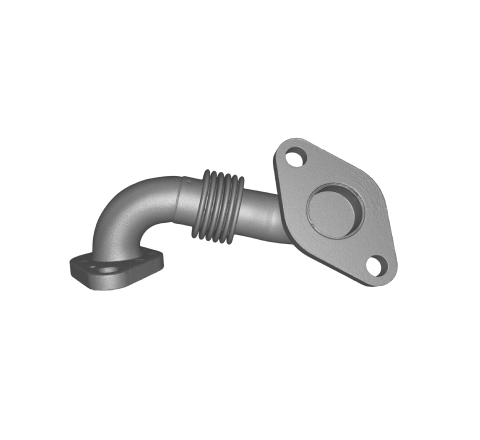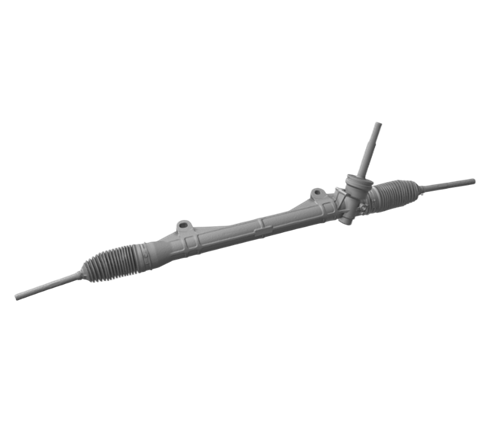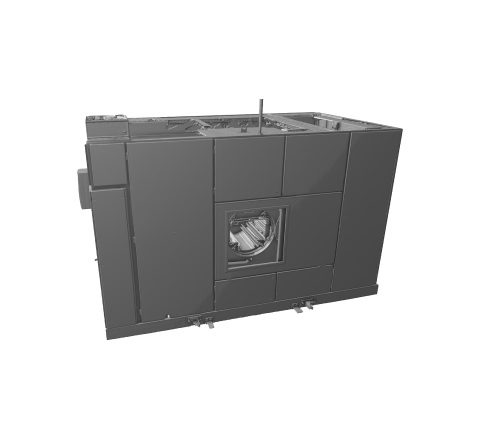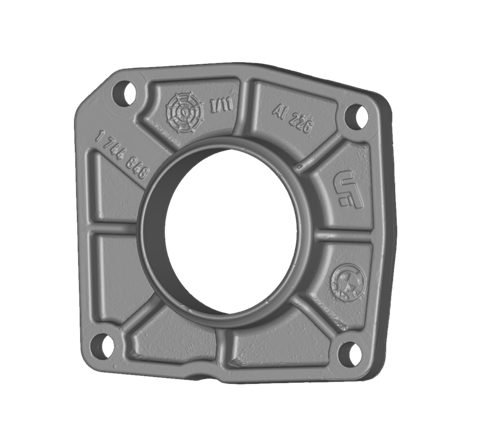Game controller
It’s not often that one might think about the inner workings of a game controller while you’re slaying dragons, flying planes, or firing guns in your favorite video game, but there’s a whole lot going on within the controller you hold in your hands!
For each of the gamepad features – think of the classic four-colored buttons for example – the casing that surrounds them is almost as important as the parts you’re meant to control: the buttons, triggers, thumbstick, and the directional pad.
Dismantling a console like the one you see here to inspect the underside of the casing, and it’s a whole new world of rims, parts, tiny cylindrical bits, and lots more – all with an impressive amount of details and positioning.
With Artec Spider II’s ability to capture in a super high resolution of 0.05 mm, the dense data collected misses nothing, picking up every curve, sharp edge, and fine line. The many crevices and angles were no match for Spider II, which reaches deeper to capture further. Zoom in closer to have a look at how clean the capture has been – rotate the part from every angle and marvel over how not a single detail has been left behind.
Superior to its predecessor the Artec Space Spider, which in itself had become an industry favorite, this new interaction has twice the resolution, quick and easy data capture, and – when you need it – stunning color. Pair that with a larger 171 × 152 mm field of view and a speed rate of up to 30 FPS, and you’ve got yourself a high-performance professional solution.
More than the gaming console itself, Spider II is best suited for hyper-realistic CGI, in-depth reverse engineering, quality inspection, healthcare, and any application in which you’d need high-quality geometry and texture data for incredibly detailed models.
Rotate this model and make it your own game – which captured detail is most impressive to you?
License
Under Creative Commons license v4, attribution to Artec 3D and a link back to our website is all you need to use this 3D model for free.
Game controller by Artec 3D
Available downloads
Embed 3D model on your website
Similar models

EGR metal connection pipe • Micro II

Mechanical steering rack • Spider II

Colossal cleaning machine • Ray II

Industrial part • Micro II
